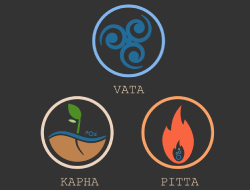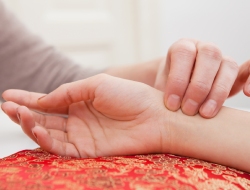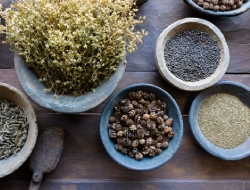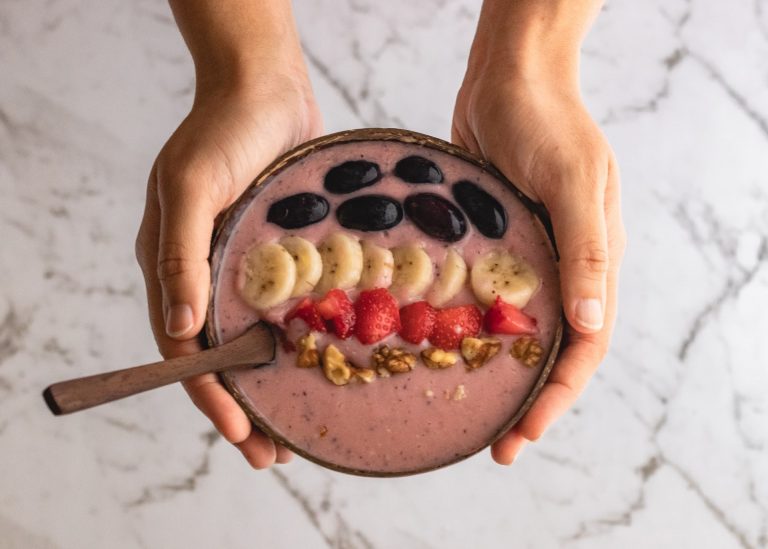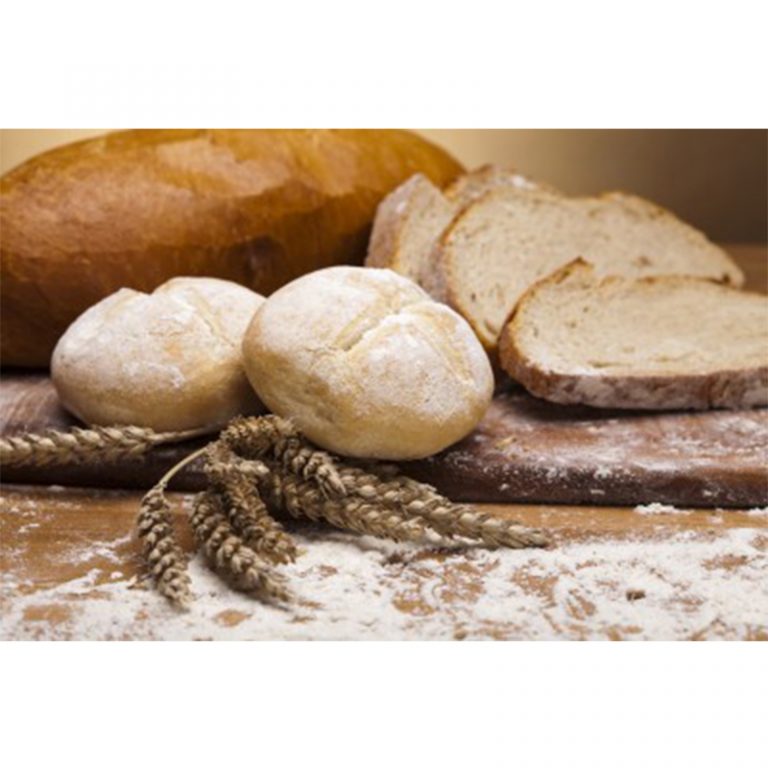Electrolytic Balance Through Diet
The last blog emphasised the importance of maintaining a good electrolytic balance in the body, so as to ensure the efficient transport of vital materials and waste into and out of the body’s cells. What can we do to achieve such a balance?
Clearly our diet is the first priority. Nutritionists are generally agreed that a diet which is 60% alkaline-forming and 40% acid-forming constitutes a healthy balance, although they suggest that for therapeutic purposes a ratio of 80:20 in favour of alkaline foods is advisable. However, simply consuming alkaline forming foods is not sufficient, as these will vary greatly in their nutritional value. We should also take care to ensure that we favour foods which contain the highest concentration of minerals. If both of these requirements are not satisfied then the body is likely to run into all sorts of problems. Some good examples of alkalizing foods are: spinach, asparagus, kelp, bean sprouts, avocado, carrots, beetroot, sweet potato, bitter melon and all salads. Many people also find that a gluten-free diet helps to alkalise the system. Foods with a high mineral content include: lentils, kidney and broad beans, chickpeas, buckwheat, cashews, pistachios and almonds. Certain yogic practices can also be very beneficial. The Pranayama breathing exercises Bhastrika and Kapalbhati and any yogic or other form of exercise which promotes perspiration are to be recommended.
Remember: without a good balance of electrolytes the body’s physiology goes haywire. The list of functions that they support is endless and they are essential for our survival, so it is our responsibility to ensure that we consume enough mineral rich foods to keep our bodies supplied with these vital nutrients, as well as sufficient fluid to enable them to be transported wherever they may be required.

*Discover holistic healing with a complimentary phone or video consultation from our expert Ayurvedic practitioner. Start your path to better health today!*

